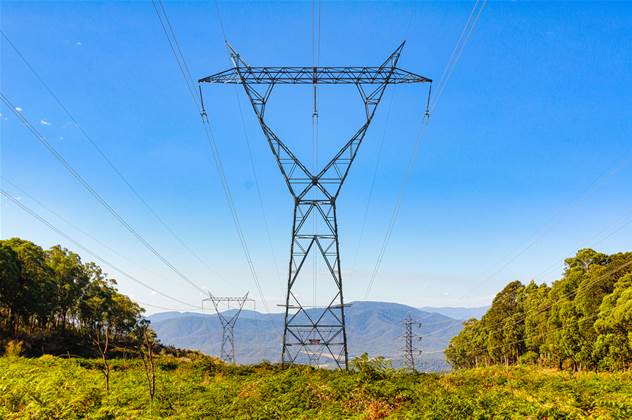Quick Overview
- More than 163,000 residential batteries set up in Australia within half a year.
- Government prolongs “Affordable Home Batteries” policy rebates until 2030.
- Batteries generate savings and enhance grid stability.
- Cutting-edge battery technology provides improved features and longevity.
- Notable investments with shorter payback periods owing to rebates.
Australia’s Battery Surge: Empowering Homes and the Grid

Adoption and Government Assistance
Following the initiation of the “Affordable Home Batteries” policy on July 1, Australian families have swiftly embraced home battery storage options. The initiative, designed to make energy storage more economical, has achieved over 163,000 installations in merely six months. This achievement has led to the government extending the rebates until 2030, enabling more Australians to take advantage of lower energy expenses and emissions.
What Sparked the Increased Interest in Batteries?
Escalating electricity costs have been a persistent concern for Australian families. Although rooftop solar panels have aided in reducing daytime energy consumption, the evening peak still poses challenges. Batteries tackle this issue by storing surplus solar energy produced during the day for usage when electricity prices surge.
Grid Reliability and Virtual Power Stations
The widespread adoption of home batteries constitutes a major advantage for the national grid. With over 160,000 distributed batteries, the grid benefits from a decentralized generation model, leveling out demand variations and lessening dependence on costly gas peaker plants. Virtual Power Stations (VPPs) boost grid stability even further, enabling energy retailers to utilize these batteries during critical periods, while providing homeowners extra financial incentives.
Progress in Battery Technology
The policy extension coincides with progress in battery technology. Contemporary Lithium Iron Phosphate (LFP) batteries are both safer and more durable. Firms like Sigenergy and Tesla are at the forefront, offering AI-driven, integrated inverter and battery setups that deliver smart functionalities such as storm monitoring, ensuring backup power during severe weather events.
Financial Aspects
Even with the rebate, the installation of a home battery remains a substantial investment, with typical setups priced between A$10,000 and A$14,000 prior to incentives. However, the extension of the policy provides the industry with certainty, fostering growth and potential cost cuts through economies of scale. Homeowners can also synchronize battery installations with other electrification projects, such as EV charging stations.
Progress Towards Emission Objectives
This initiative represents a tactical move towards fulfilling Australia’s 2030 emissions reduction ambitions. By transitioning energy consumption to renewable sources, Australian households can significantly diminish their carbon footprint. The convergence of policy, consumer needs, and technological improvements suggests an optimistic outlook for sustainable energy in Australia.
Recap
The “Affordable Home Batteries” initiative has swiftly boosted the installation of residential battery systems across Australia, providing both economic and ecological advantages for households while enhancing national grid stability. With rebates extended to 2030, a greater number of Australians will have the chance to adopt this technology, aiding the nation’s goals for emissions reduction.
Questions & Answers
Q: Why are so many Australians opting for home batteries now?
A:
The government’s “Affordable Home Batteries” initiative offers rebates that drastically reduce the upfront costs of battery systems, making them more approachable and economically attractive.
Q: In what ways do home batteries benefit the national grid?
A:
Home batteries serve as decentralized power sources, alleviating peak demand on the grid, moderating demand swings, and minimizing reliance on gas peaker plants.
Q: Are contemporary battery systems safe and trustworthy?
A:
Absolutely, advancements in battery technology, especially LFP batteries, provide improved safety, longevity, and smart capabilities, rendering them a reliable option for home energy storage.
Q: How does the rebate impact the cost of setting up a home battery?
A:
The rebate substantially decreases the initial investment required for a home battery system, shortening the payback timeframe and making it a more financially feasible choice.
Q: What should homeowners consider before installing a battery system?
A:
Homeowners should analyze their energy consumption patterns, potential savings, and how a battery system can complement other electrification initiatives, such as solar installations and EV chargers.
Q: Where can I obtain more details about the rebates?
A:
For more information, please visit the government website at https://www.energy.gov.au/rebates.
















